Reports of unusual lights and objects in the sky cluster in certain places across the United States. Population size, clear weather, and proximity to busy airspace or military activity all play a part in how many sightings get logged. Cities with active astronomy clubs and local media that regularly cover sky phenomena also see more people step forward with what they witnessed.
This list gathers large metro areas and regional hubs where sighting reports have been consistently high over the years. For each city, you will find practical context that helps explain why so many reports originate there, along with local factors that make skywatching more frequent or notable.
Phoenix, Arizona
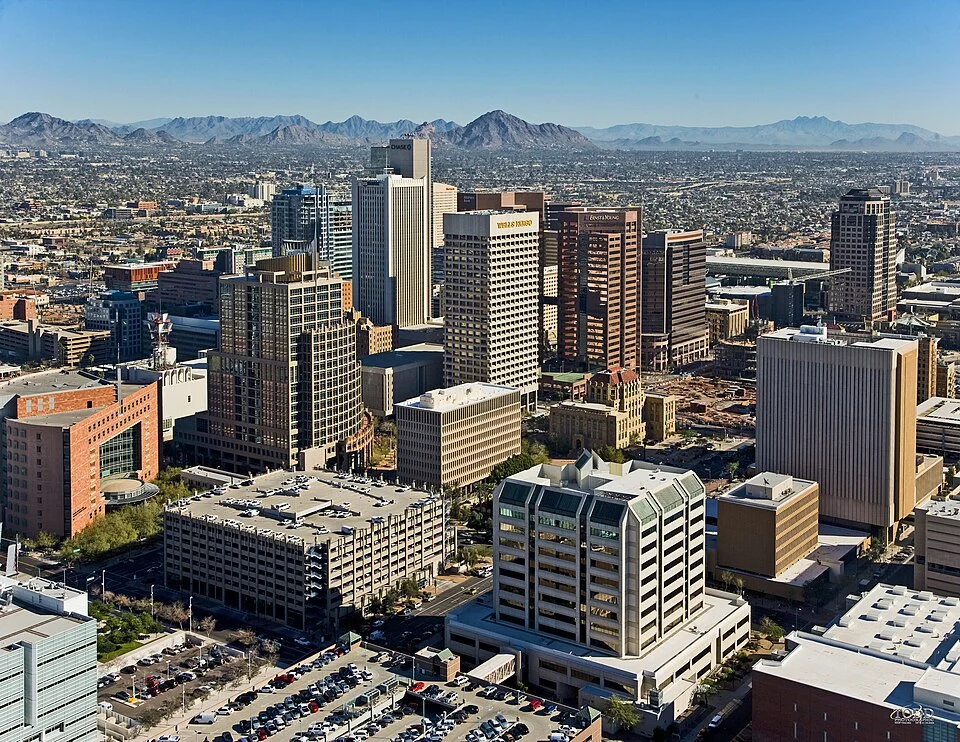 By DPPed – Own work, CC BY-SA 3.0, https://commons.wikimedia.org/w/index.php?curid=16201270
By DPPed – Own work, CC BY-SA 3.0, https://commons.wikimedia.org/w/index.php?curid=16201270Phoenix sits under vast desert skies with many clear nights each year, which makes unusual lights easy to notice and photograph. The metro area is surrounded by open terrain and dark-sky preserves where residents often stargaze, and it lies within a corridor used by commercial flights and training routes.
The region’s aviation footprint includes Phoenix Sky Harbor International Airport and nearby military activity in Arizona, so people frequently see aircraft and training flares that can prompt reports. The city’s history includes widely publicized events that encourage residents to keep an eye on the night sky and share what they see.
Las Vegas, Nevada
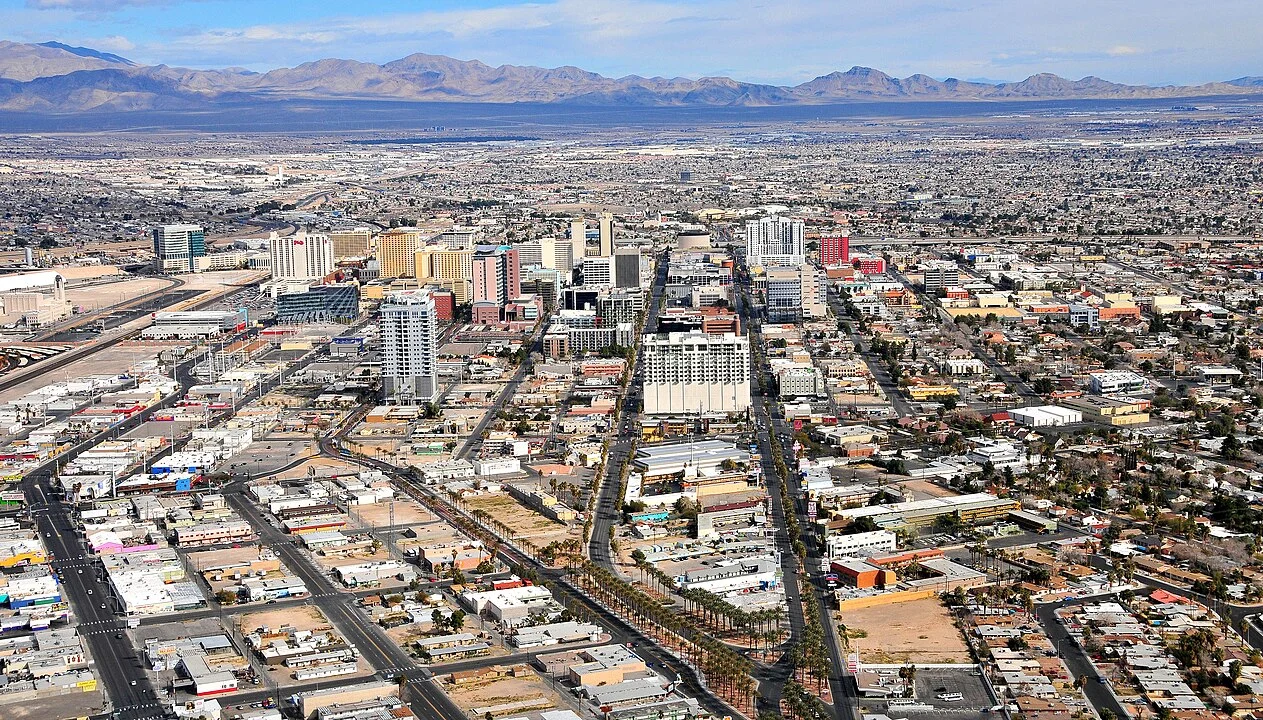 By Mike McBey – Las Vegas from above, CC BY 2.0, https://commons.wikimedia.org/w/index.php?curid=99893767
By Mike McBey – Las Vegas from above, CC BY 2.0, https://commons.wikimedia.org/w/index.php?curid=99893767Las Vegas is bordered by open desert where light pollution drops quickly outside the Strip, creating conditions where moving lights stand out against a dark horizon. The area has a high volume of air traffic in and out of Harry Reid International Airport, and the skies north and west host frequent training flights.
Nevada’s well known testing and training ranges lie within the broader region, and residents often observe aircraft at unusual altitudes or speeds. Tourism also boosts the number of observers outdoors at night, which increases the likelihood of documented sightings with photos or short videos.
Los Angeles, California
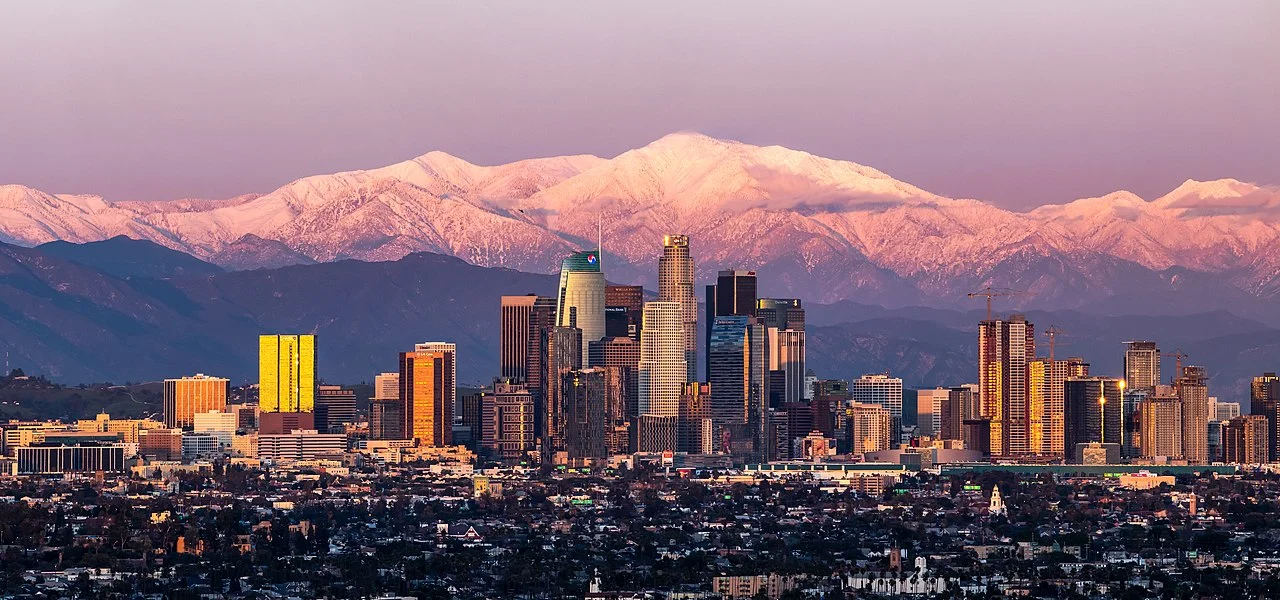 By Alek Leckszas – Own work, CC BY-SA 4.0, https://commons.wikimedia.org/w/index.php?curid=76431252
By Alek Leckszas – Own work, CC BY-SA 4.0, https://commons.wikimedia.org/w/index.php?curid=76431252Los Angeles has one of the busiest airspaces in the country with layered flight paths serving multiple airports, including LAX, Burbank, Long Beach, and Van Nuys. The mix of commercial flights, helicopters, private jets, and coastal military activity produces many aerial lights that draw attention.
Coastal weather patterns can create temperature inversions and marine layers that reflect or distort lights, leading to reports from neighborhoods across the basin. The region’s long aviation history and large population mean more potential witnesses who submit detailed accounts from beaches, hills, and canyons.
San Diego, California
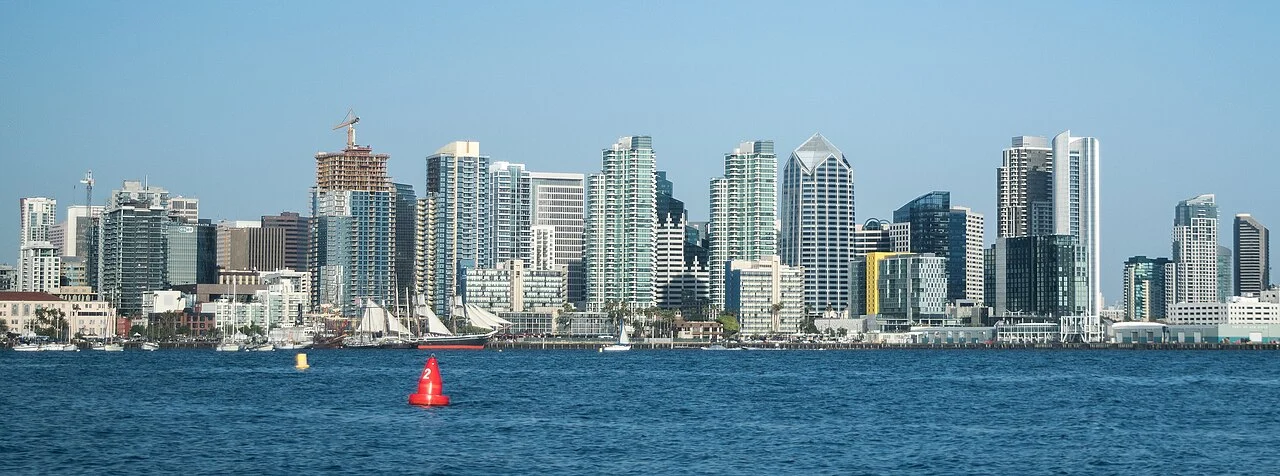 By Boatguy619 – Own work, CC BY-SA 4.0, https://commons.wikimedia.org/w/index.php?curid=106186257
By Boatguy619 – Own work, CC BY-SA 4.0, https://commons.wikimedia.org/w/index.php?curid=106186257San Diego residents regularly watch a sky shared by commercial routes, military operations, and offshore training areas along the Pacific. Naval and Marine installations in the region contribute to frequent activity over water that is visible from the coast.
Clear evenings along bluffs and beaches encourage skywatching, and local groups often organize stargazing events that bring out cameras and binoculars. The combination of steady marine winds, bright stars over the ocean, and aircraft operating offshore leads to many reports from coastal neighborhoods.
Seattle, Washington
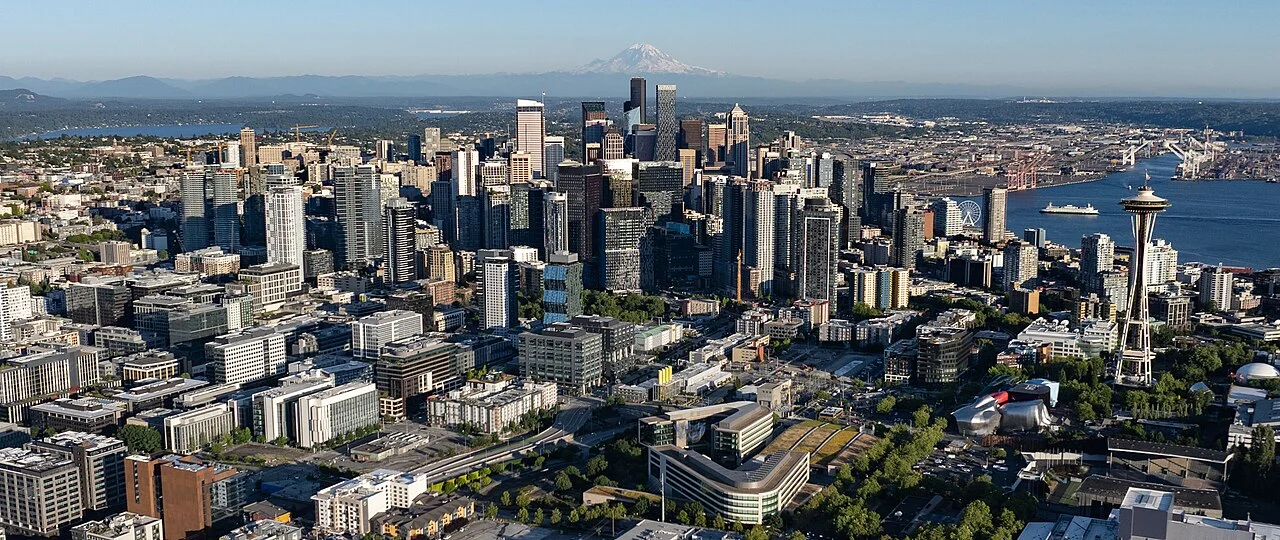 By Spicypepper999 – Own work, CC0, https://commons.wikimedia.org/w/index.php?curid=168885701
By Spicypepper999 – Own work, CC0, https://commons.wikimedia.org/w/index.php?curid=168885701Seattle’s summers offer long stretches of clear nights with broad views over Puget Sound and the Cascade and Olympic ranges. The city’s vantage points on hills and waterfront parks make lights over water and mountain horizons easy to spot.
Boeing Field, Seattle–Tacoma International Airport, and regional seaplane operations contribute to varied traffic at different altitudes. The area’s active tech and photography communities share time-lapse videos and sky images, which helps sightings get documented and circulated quickly.
Portland, Oregon
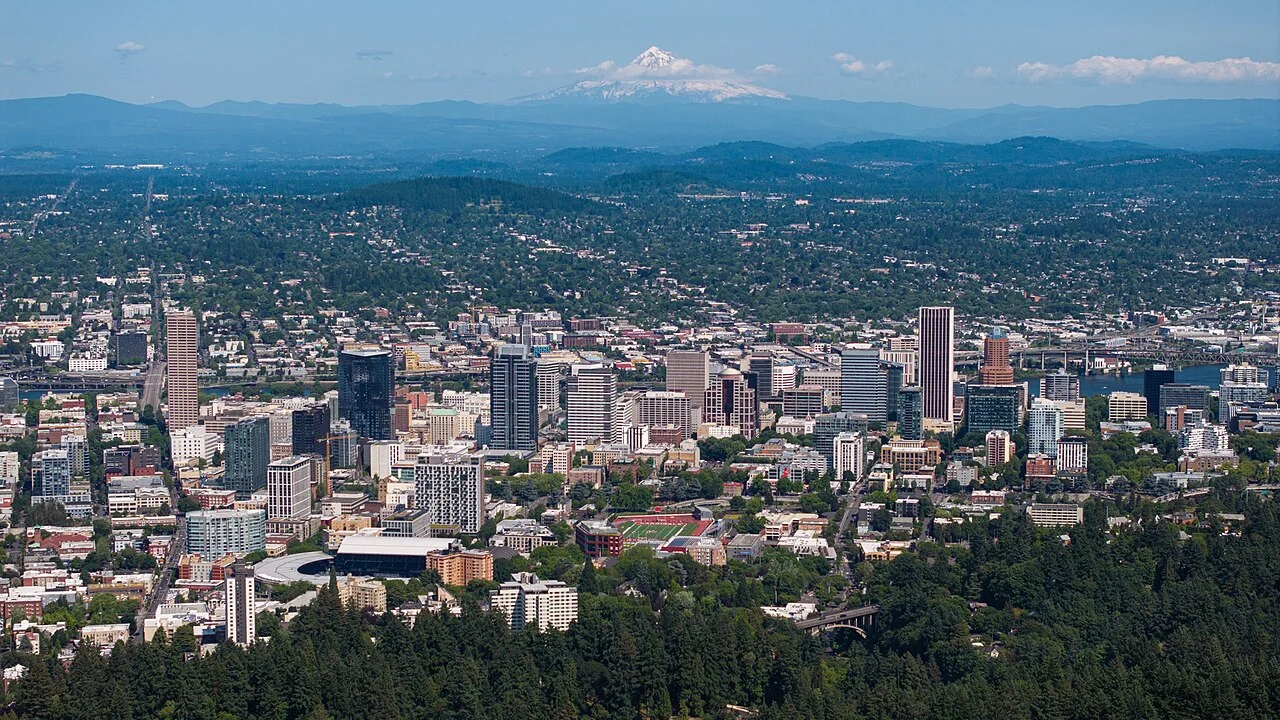 By Spicypepper999 – Own work, CC0, https://commons.wikimedia.org/w/index.php?curid=166665435
By Spicypepper999 – Own work, CC0, https://commons.wikimedia.org/w/index.php?curid=166665435Portland residents often view a wide sky over the Willamette and Columbia Rivers with clear breaks between weather systems. The city’s bridges and parks provide open sightlines where moving lights are easy to follow.
Portland International Airport sits near the Columbia corridor used by both civilian and military flights. Amateur astronomers in the region frequently travel to nearby dark-sky sites on the east side of the Cascades, and that regular skywatching makes unusual movements more likely to be recorded.
Denver, Colorado
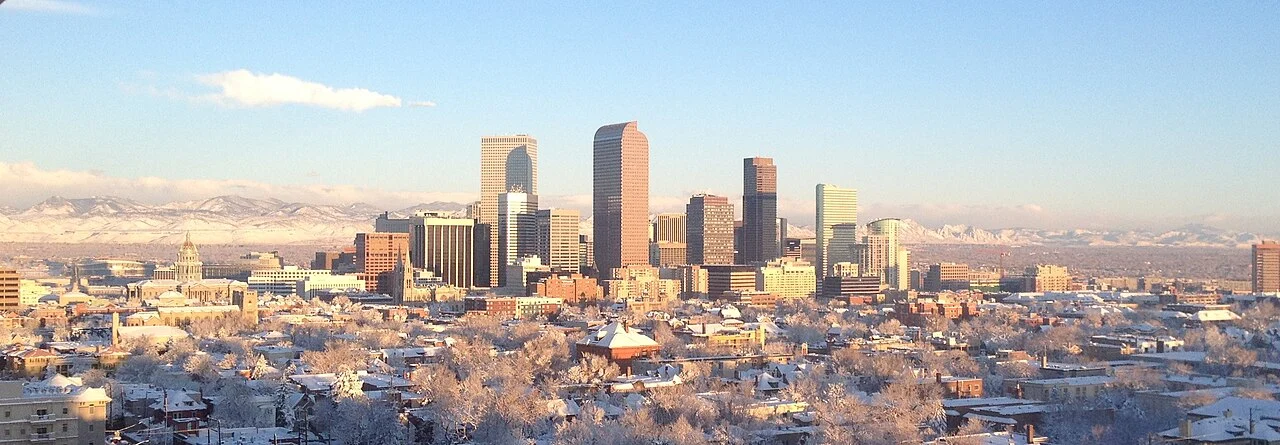 By R0uge – Own work, CC BY-SA 4.0, https://commons.wikimedia.org/w/index.php?curid=47831553
By R0uge – Own work, CC BY-SA 4.0, https://commons.wikimedia.org/w/index.php?curid=47831553Denver’s high elevation and dry climate deliver many crisp nights with excellent visibility. The Front Range topography gives residents unobstructed views toward the plains and mountains, which accentuates the motion of lights across the sky.
The metro area hosts significant aviation activity around Denver International Airport and Buckley Space Force Base. Transcontinental routes pass overhead, and clear thin air can make aircraft lights appear brighter and visible from longer distances, prompting detailed reports from multiple neighborhoods.
Chicago, Illinois
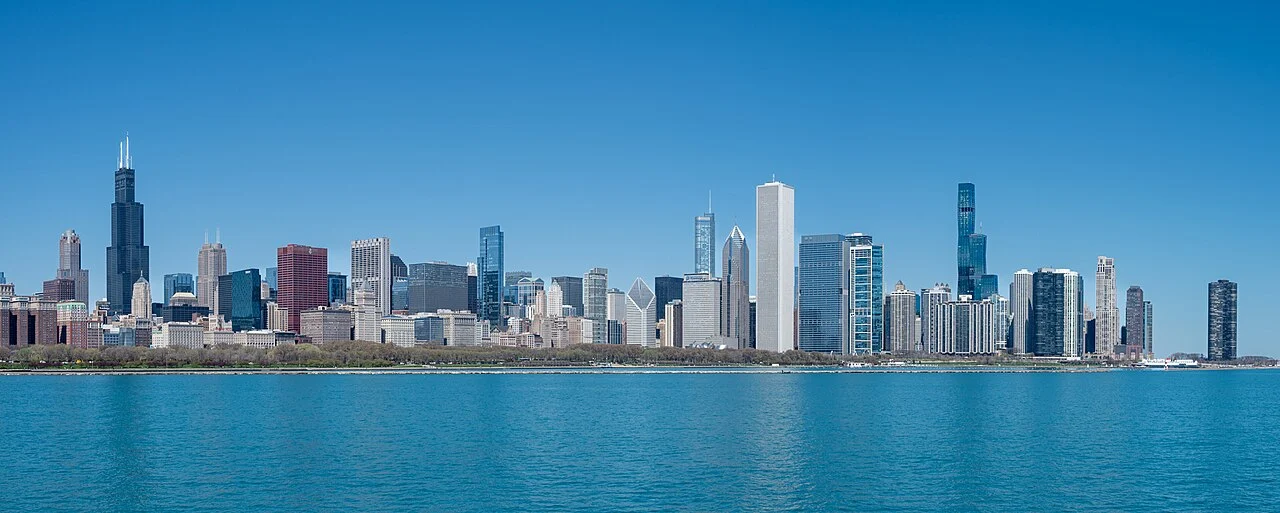 By xiquinhosilva – https://www.flickr.com/photos/xiquinho/54049758893/, CC BY 2.0, https://commons.wikimedia.org/w/index.php?curid=164089036
By xiquinhosilva – https://www.flickr.com/photos/xiquinho/54049758893/, CC BY 2.0, https://commons.wikimedia.org/w/index.php?curid=164089036Chicago’s flat terrain and expansive lakefront create long sightlines where lights can be tracked across Lake Michigan and the city grid. Residents frequently observe traffic to and from O’Hare and Midway, including holding patterns that form distinctive arcs and clusters.
The city’s large population produces a high volume of potential witnesses, which increases the number of submitted reports. Local media coverage of unusual airport or lakefront sightings leads to more people checking the sky and sharing times and directions that help others corroborate what they saw.
New York City, New York
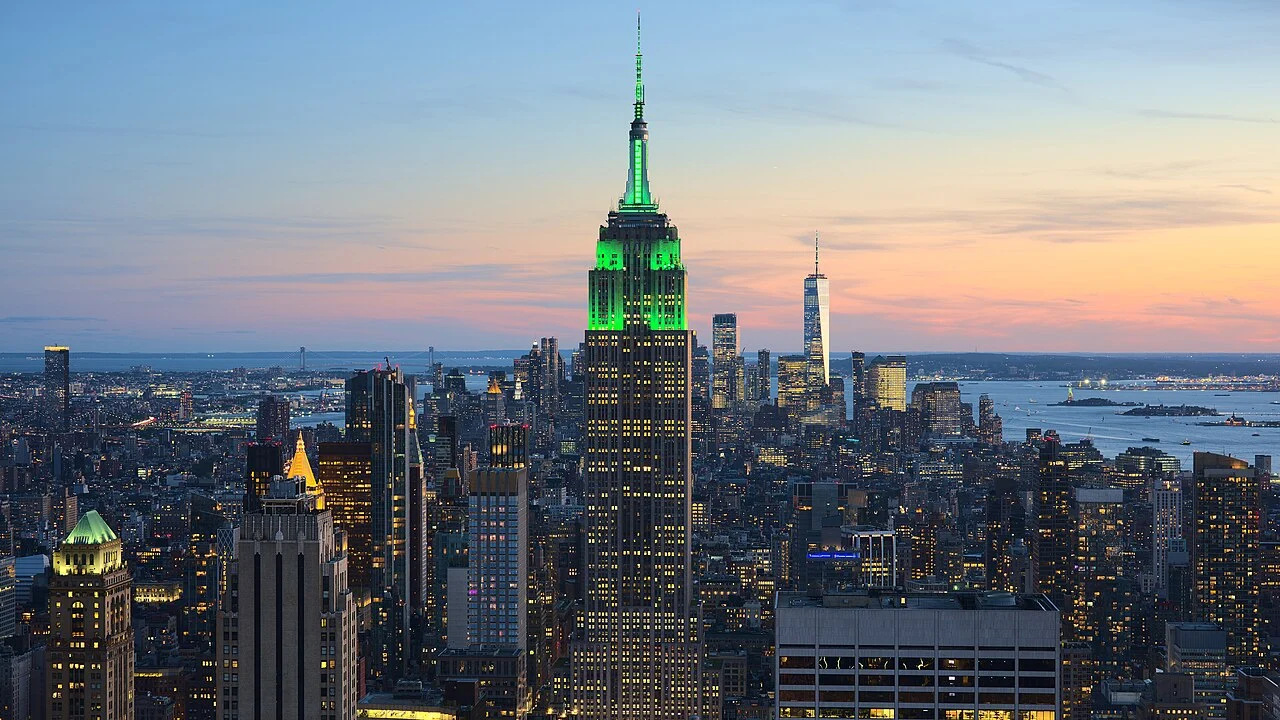 By Dllu – This image has been extracted from another file, CC BY-SA 4.0, https://commons.wikimedia.org/w/index.php?curid=126278106
By Dllu – This image has been extracted from another file, CC BY-SA 4.0, https://commons.wikimedia.org/w/index.php?curid=126278106New York City’s layered air corridors serve multiple airports and helicopter routes that cross the rivers and harbor. Bright lights on aircraft and ferries can appear unusual when viewed through haze or humidity that refracts light.
Observation points like rooftops, waterfront parks, and bridges draw many residents outdoors at night. With millions of eyes on the sky and widespread smartphone use, lights moving over the skyline are quickly recorded from multiple angles, leading to frequent compilations of reports.
Houston, Texas
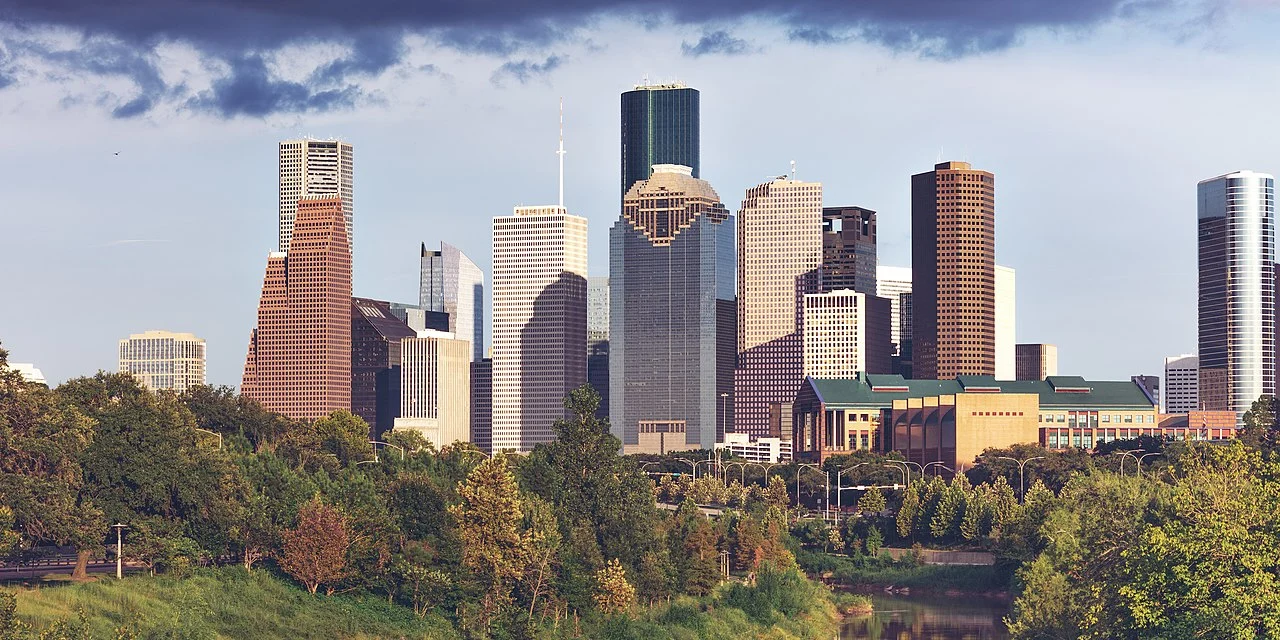 By David Daniel Turner – Own work, CC BY 4.0, https://commons.wikimedia.org/w/index.php?curid=93471596
By David Daniel Turner – Own work, CC BY 4.0, https://commons.wikimedia.org/w/index.php?curid=93471596Houston’s night sky hosts a steady flow of commercial flights and general aviation around George Bush Intercontinental and Hobby airports. The flat coastal plain allows long-range views where lights can be tracked for several minutes as they approach or depart.
The region’s engineering and aerospace ties keep interest in sky phenomena high, and local clubs often hold viewing nights in nearby dark-sky areas. Warm evenings keep people outside much of the year, increasing the chance that unusual patterns are noticed and documented.
Miami, Florida
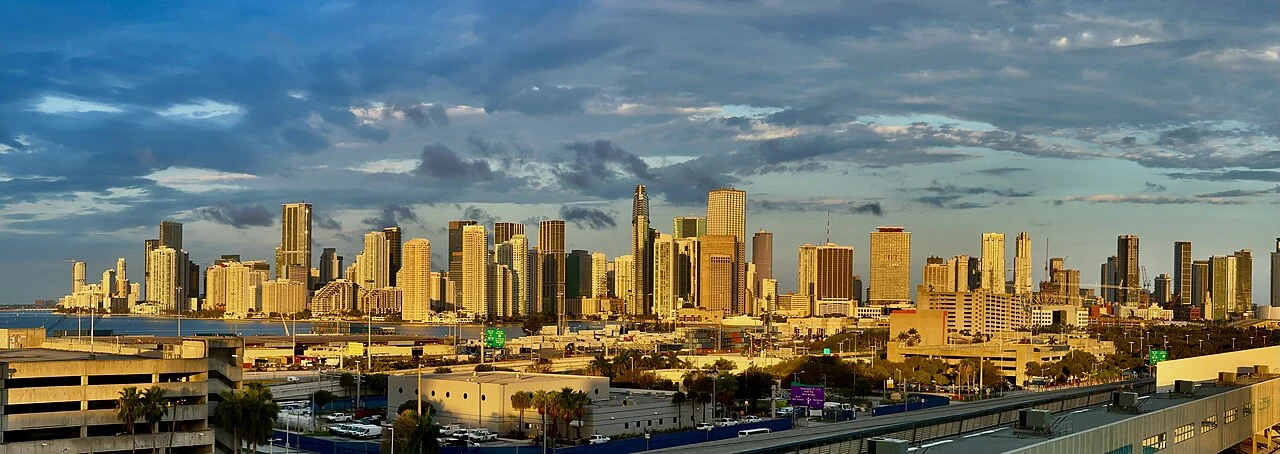 By Euthman – Own work, CC BY 4.0, https://commons.wikimedia.org/w/index.php?curid=163664239
By Euthman – Own work, CC BY 4.0, https://commons.wikimedia.org/w/index.php?curid=163664239Miami residents often watch lights move over the Atlantic and Biscayne Bay where reflections on water can create striking effects. The city’s airports and seaplane operations add to a varied mix of traffic that crosses the shoreline.
Frequent clear nights and year-round outdoor activity put more observers under the sky compared to many inland cities. Coastal temperature gradients and humidity can bend or blur light, which makes distant aircraft or satellites appear to change speed or direction and prompts many reports.
Orlando, Florida
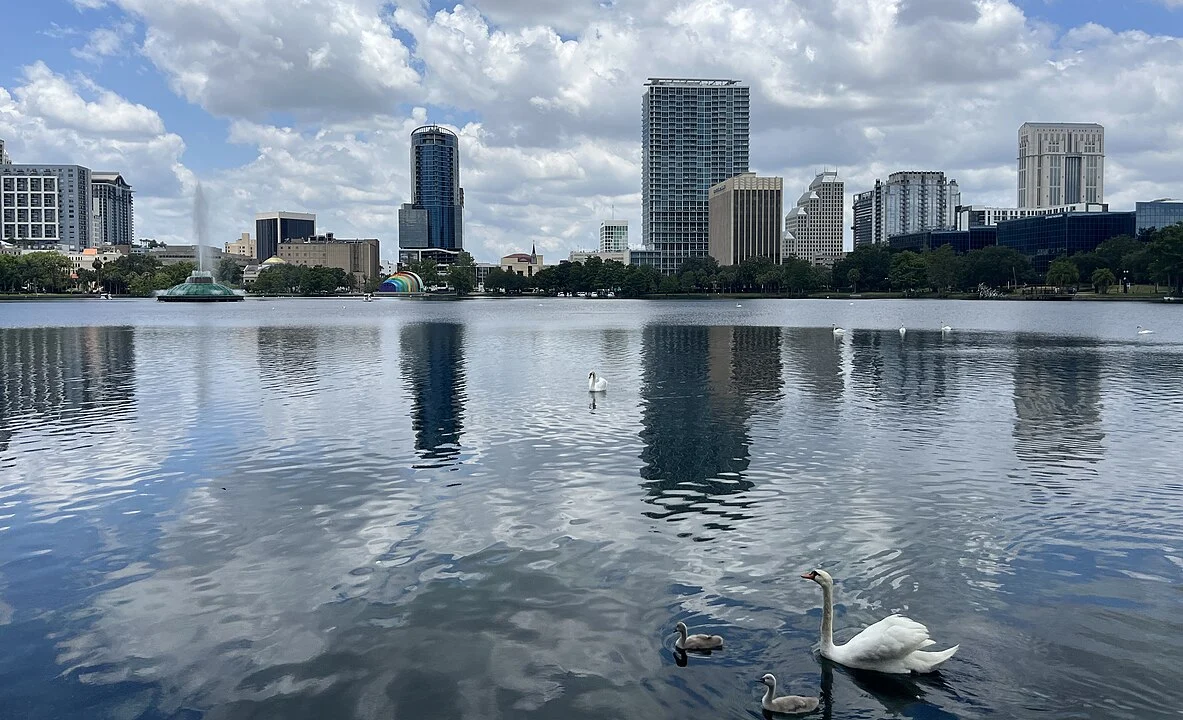 By Benoît Prieur – Own work, CC0, https://commons.wikimedia.org/w/index.php?curid=157100522
By Benoît Prieur – Own work, CC0, https://commons.wikimedia.org/w/index.php?curid=157100522Orlando sits amid central Florida’s flat landscape with broad horizons and regular launch activity visible from the Space Coast. People often see bright objects tracking east toward the ocean on nights when conditions allow distant lights to stand out.
Tourism and theme parks keep large numbers of visitors outside after dark, which increases the pool of potential witnesses. The region’s airports and training flights add moving lights at multiple altitudes, and local news frequently shares viewing times for visible passes and launches that draw eyes skyward.
Tampa, Florida
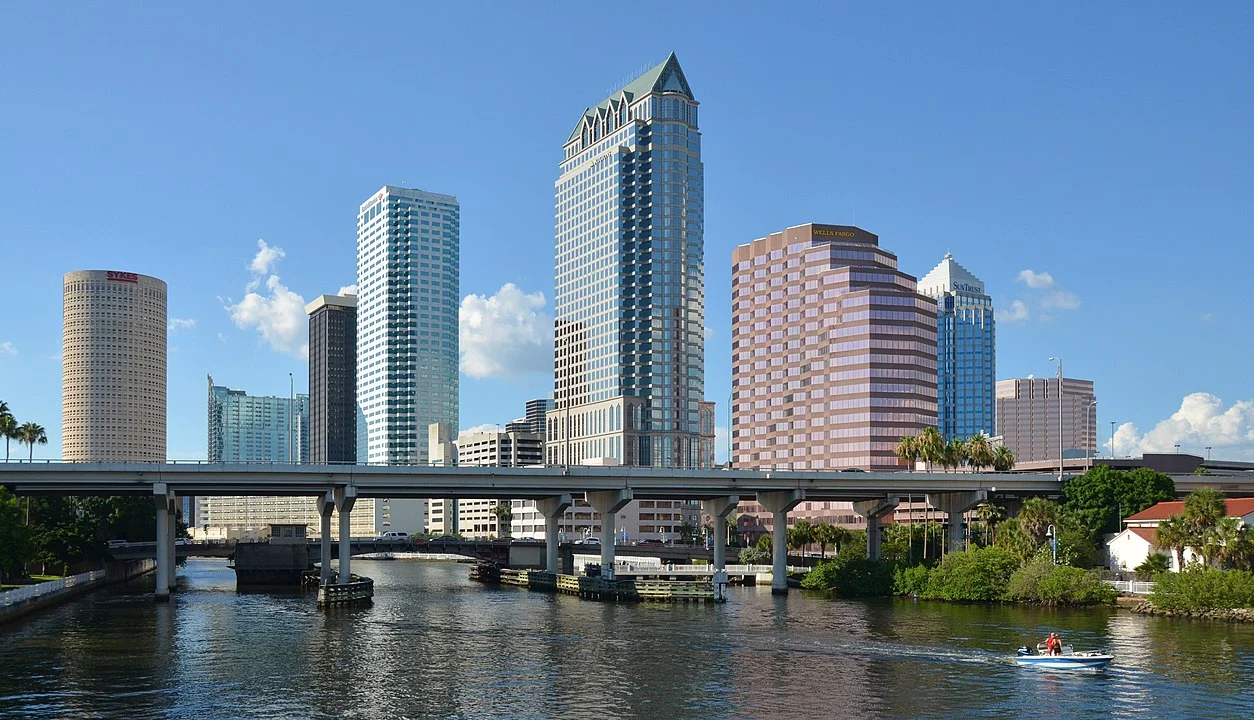 By Clément Bardot – Own work, CC BY-SA 4.0, https://commons.wikimedia.org/w/index.php?curid=45465505
By Clément Bardot – Own work, CC BY-SA 4.0, https://commons.wikimedia.org/w/index.php?curid=45465505Tampa Bay’s waterfront communities have clear views across open water where lights can be followed for long distances. MacDill Air Force Base and Tampa International Airport contribute regular activity that residents watch from causeways and beaches.
Humidity and sea breezes create conditions where lights can shimmer or appear larger, leading to detailed descriptions in community forums. With many neighborhoods oriented toward the bay, residents often share consistent headings and times that line up across different vantage points.
Albuquerque, New Mexico
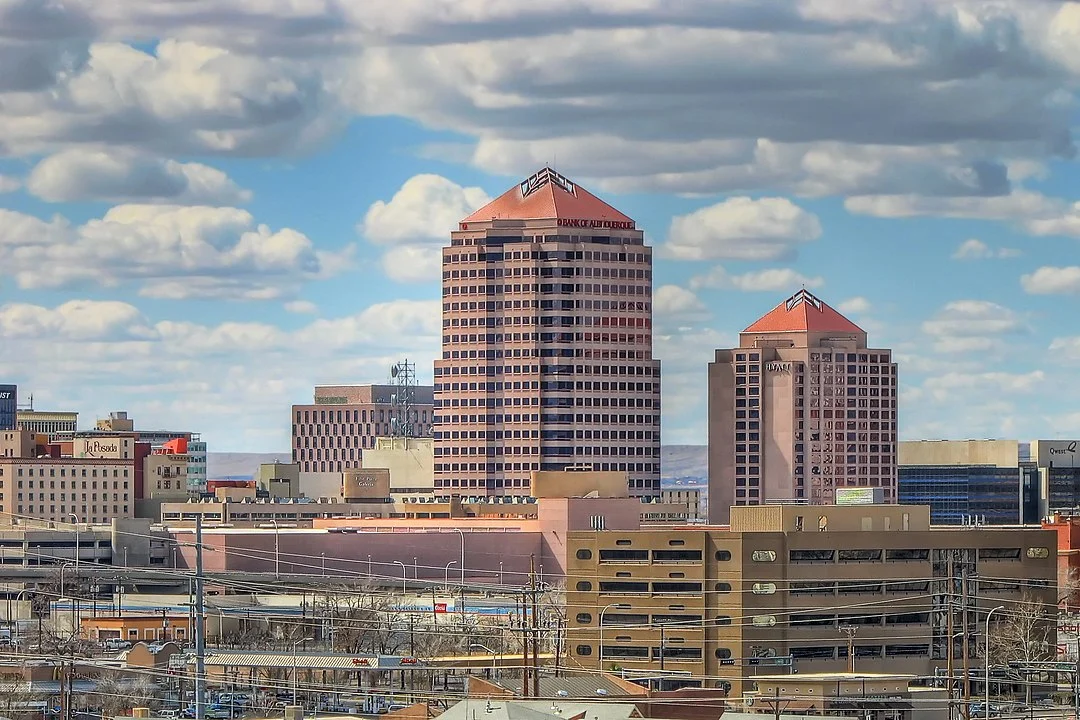 By Debernardi – Own work by the original uploaderOriginal upload logOriginal uploaded by: DebernardiTransferred from en.wikipedia to Commons by Wars., CC BY-SA 3.0, https://commons.wikimedia.org/w/index.php?curid=2038319
By Debernardi – Own work by the original uploaderOriginal upload logOriginal uploaded by: DebernardiTransferred from en.wikipedia to Commons by Wars., CC BY-SA 3.0, https://commons.wikimedia.org/w/index.php?curid=2038319Albuquerque’s high desert location provides many nights with low humidity and sharp visibility. The city’s position along the Rio Grande valley and the Sandia Mountains offers clear horizons that make moving lights easy to pick out.
Kirtland Air Force Base and local aerospace activity add to the number of lights seen at unusual hours. Residents often gather for ballooning and stargazing events, and those communities share tips on camera settings and observation times that lead to well documented sightings.
San Antonio, Texas
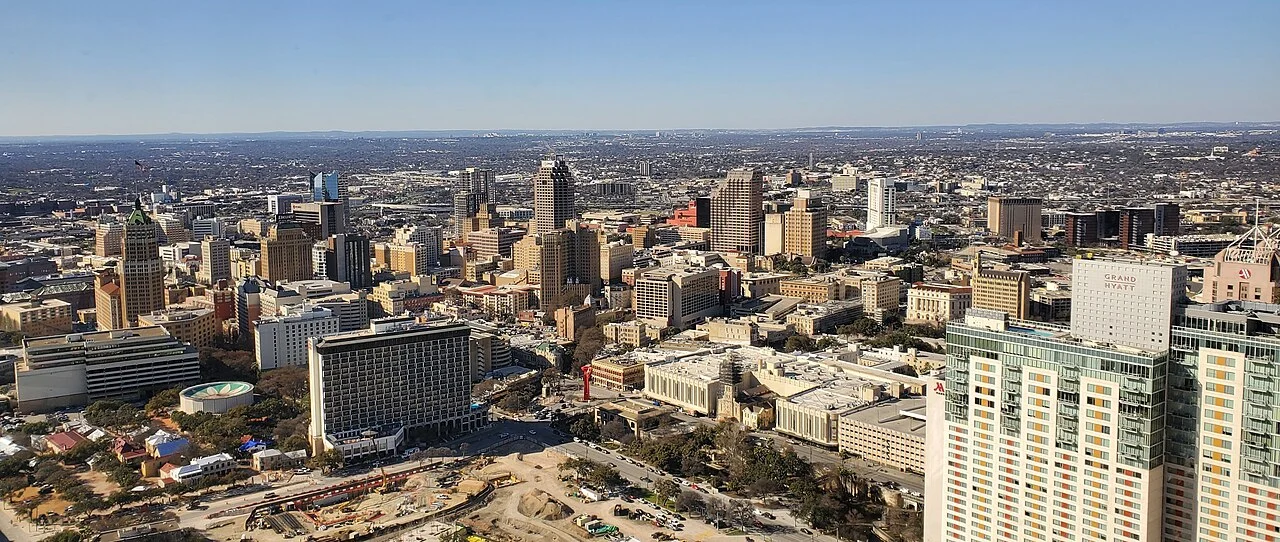 By Jouaienttoi – Own work, CC BY-SA 4.0, https://commons.wikimedia.org/w/index.php?curid=138776664
By Jouaienttoi – Own work, CC BY-SA 4.0, https://commons.wikimedia.org/w/index.php?curid=138776664San Antonio’s skies host commercial flights and training activity associated with Joint Base San Antonio. The surrounding Hill Country provides elevated viewpoints where residents watch traffic approach from multiple directions.
Warm weather keeps people outside late into the evening, and neighborhood groups frequently discuss sky events online with time stamps and compass headings. This steady flow of observations produces many reports that include consistent details, which helps sightings from different areas line up.
Share which city you think deserves a closer look in the comments.

.jpeg)




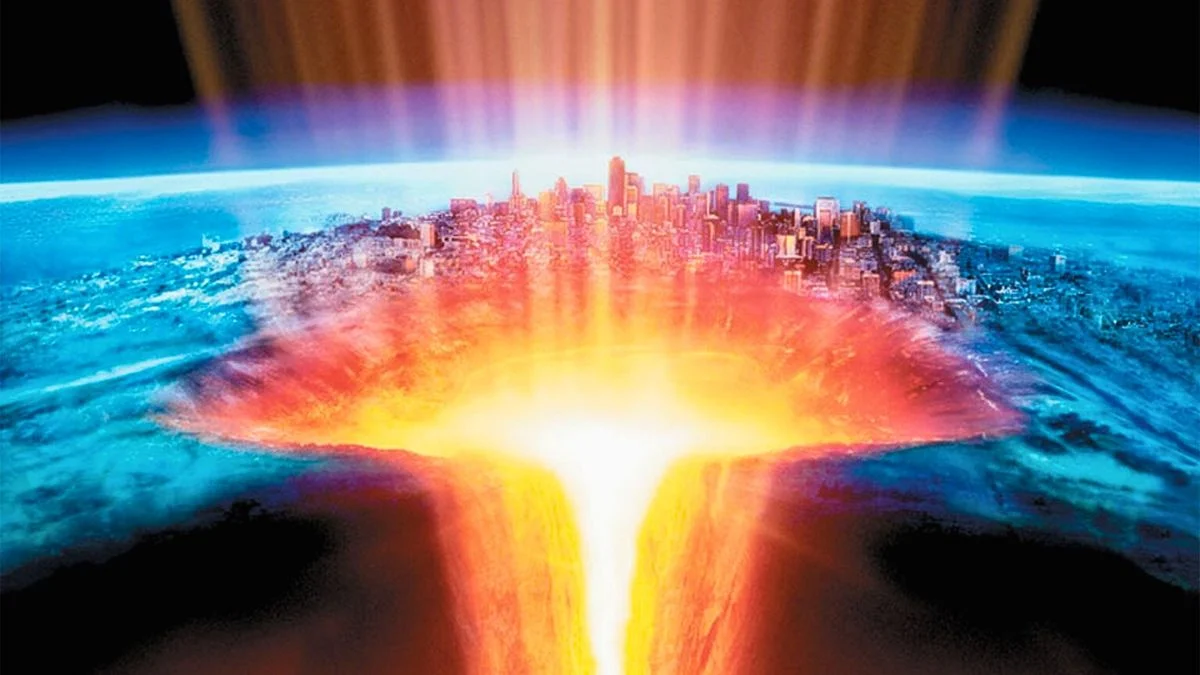






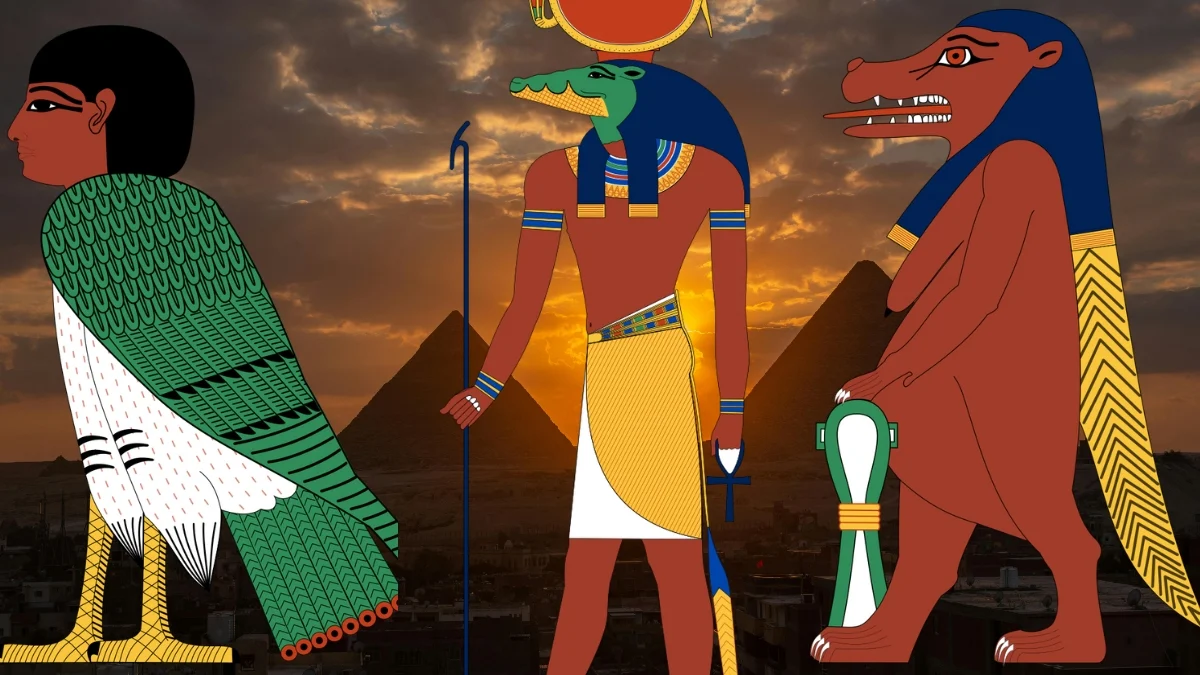











.jpeg)













 English (US) ·
English (US) ·